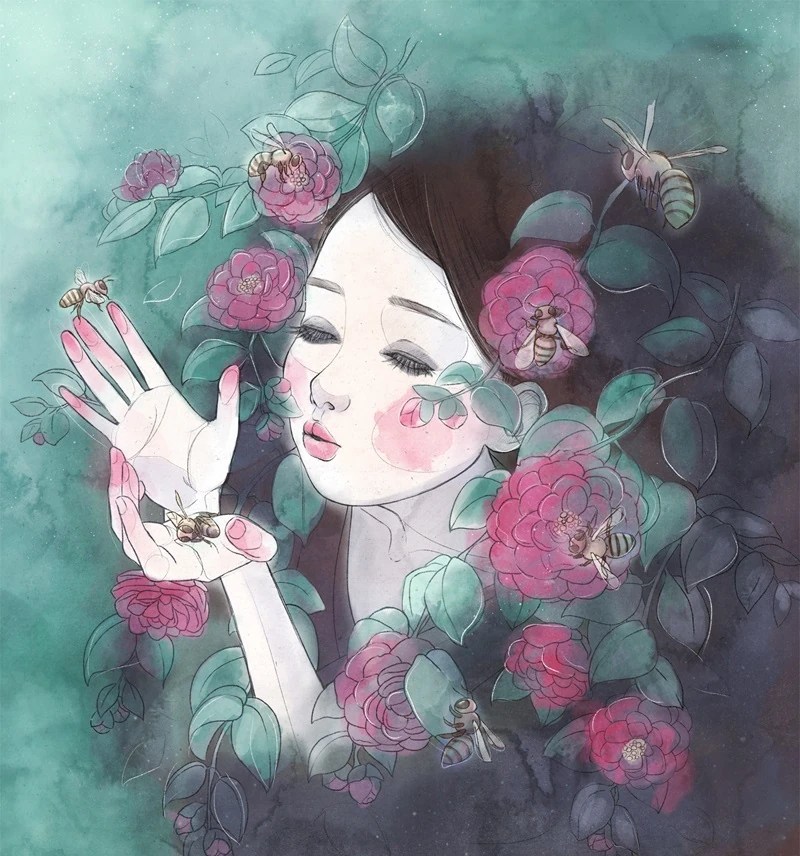Japanese Folklore Yokai

University of california press 2009.
Japanese folklore yokai. Suspicious they can also be called ayakashi あやかし mononoke 物の怪 or mamono 魔物. Japanese monsters and the culture of yōkai. From animated umbrellas to polite but violent turtle people japan s folklore contains some extremely creative monsters. Japanese lore is dense with yokai supernatural beings that come in many forms these creatures call them demons might be monsters ghosts or goblins.
Yōkai range diversely from the malevolent to. Asian folklore studies 57 fall 1998. These are the three monsters who according to legend posed the greatest threats to japan s existence.
They are shuten dōji tamamo no mae and sutoku tennō. Kosenjōbi fireballs that float over former battlefields. Yōkai and yanagita kunio viewed from the 21st century in ronald a. Koropokkuru a little person from ainu folklore.
Japanese folklore often involves humorous or bizarre characters and situations and also includes an assortment of supernatural beings such as bodhisattva kami gods and revered spirits yōkai monster spirits such as oni similar to western demons ogres and trolls kappa 河童 river child or gatarō 川太郎 river boy or kawako 川子 river child a type of water. One such list is the three most evil yokai of japan japanese. Yōkai 妖怪 ghost phantom strange apparition are a class of supernatural monsters spirits and demons in japanese folklore the word yōkai is made up of the kanji for bewitching. Within these pages you ll find an ever growing collection of yokai and legends from all parts of japan and all periods of japanese history.
Konaki jiji this yokai disguises itself as an abandoned baby then cries until someone picks it up. Koromodako an octopus like yokai that lives in the waters bordering kyoto and fukui. Konoha tengu a bird like tengu. Shukaku s story has been told by morinji for centuries but different versions and.
But did you know that there are official top three lists for folklore. Shukaku is best known for his miraculous tea kettle known as the bunbuku chagama which he left to the morinji as a gift. Some of them have never appeared in english before while others will be intimately familiar to fans of japanese folklore. Shukaku was a tanuki who lived in disguise as a human priest he worked at morinji a buddhist temple in gunma prefecture for many decades.
Their nature ranges from benign to mischievous to seriously scary. The creation of renowned japanese art forms such as kabuki drama ningyō jōruri puppet theater and woodblock prints happened during the edo period. Yōkai storytelling was combined with these art forms and became a robust aspect of folklore in japanese storytelling.

















/cdn.vox-cdn.com/uploads/chorus_image/image/49910151/N3DS_YO-KAI_WATCH_2_Illustration.0.0.jpg)











































































